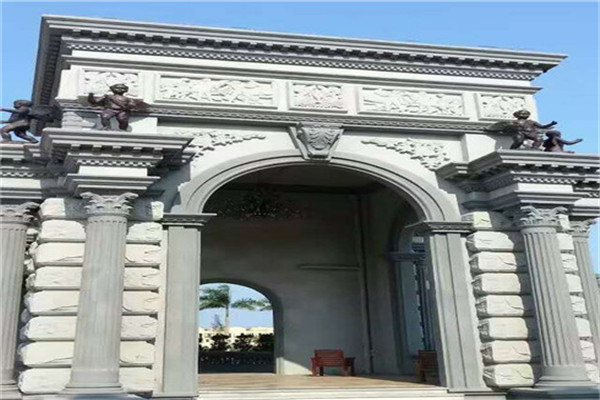
Full name of GRC component: GRC building detail decoration component. Abbreviation of the specification: GRC building details. Because the name of GRC building detail decoration component is too long to remember, lines are often referred to as GRC components. Because of the prevalence of European customs in recent years, they are also often called GRC European components, GRC Roman columns, GRC eaves lines, GRC decorative lines, GRC corner lines, GRC door and window covers, GRC vase railings, etc. According to the national standard Code for Acceptance of Construction Quality of Building Decoration Engineering (GB50210-2001) issued by the Ministry of Construction, GRC building detail decoration component belongs to one of the building components in the detail project of building decoration engineering. The product is to mix the raw materials according to a certain proportion, and Hainan sculpture is poured into the mold, which can produce products with rich shapes and diverse textures. According to the different needs of customers and designers, we can carry out arbitrary art modeling to perfectly realize the designer's design dream.
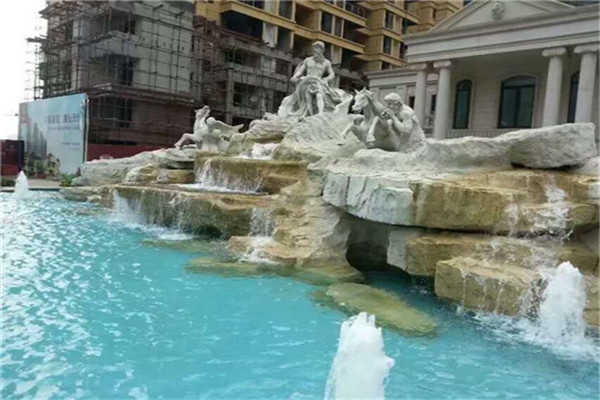
EPS decorative components are mainly used for door jambs, window jambs, cornice lines, waist lines, court columns and other parts of villas, European style residential quarters, hotels and commercial streets. It was first widely used in Europe, America and other countries in the 1980s, and it is an epoch-making upgrade product of traditional components. EPS components are made of high-strength flame-retardant polystyrene as the matrix, alkali resistant glass fiber mesh cloth as the middle layer, and the outer layer is compounded by inorganic anti-aging polymer emulsion. The product is light and impact resistant. High strength, excellent water resistance, good toughness. EPS decorative line can prevent fire without emitting toxic substances, and is an environmentally friendly high-quality product. Multiple varieties and models (such as lines, Roman columns, insulation boards, decorative pieces, etc.) can be installed on the four sides of windows, door edges, hall wrapped columns, cornice lines and wall bodies; It can also be sprayed with personalized paint color on the surface, and can also be made into a cultural effect of imitation stone, making the facade of the building more beautiful, and bringing new and different ideas to architectural designers.
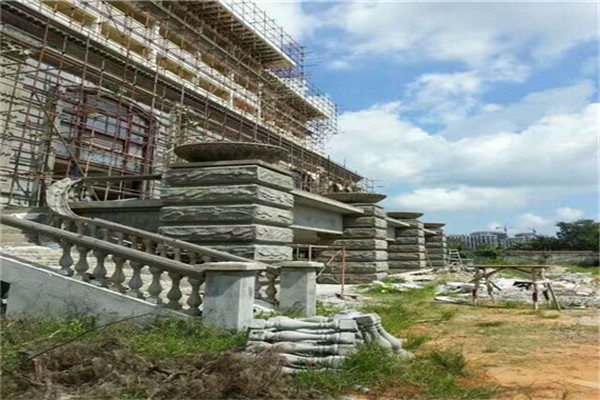
Relief is a kind of sculpture. The sculptor carves the image he wants to shape on a flat plate, making it separate from the plane of the original material. Relief is the product of the combination of sculpture and painting. It deals with objects in a compressed way, and displays three-dimensional space by perspective and other factors. It is only for one side or two sides to see. The reliefs are usually attached to another plane, so they are used more in architecture and can be seen on utensils and implements. Due to its compression characteristics, it occupies less space, so it is suitable for decoration in a variety of environments. In recent years, it has played an increasingly important role in urban beautification. The relief is as rich and colorful as the round sculpture in content, form and material. The materials of relief include stone, wood, ivory and metal. The relief is a semi vertical sculpture whose image shape protrudes from the stone surface (as opposed to the relief). It can be divided into light relief and high relief according to the depth of stone removal in image modeling. The bas reliefs are single level statues with relatively simple contents; The high relief is a multi-level statue with complicated contents. The carving technique and expression style of relief are basically the same as those of round sculpture. Many ancient and modern large-scale memorial buildings, high-end mansions and private houses are equipped with such decorations. Their main works are wall blocks, flower windows, dragon columns (early) and column bases.
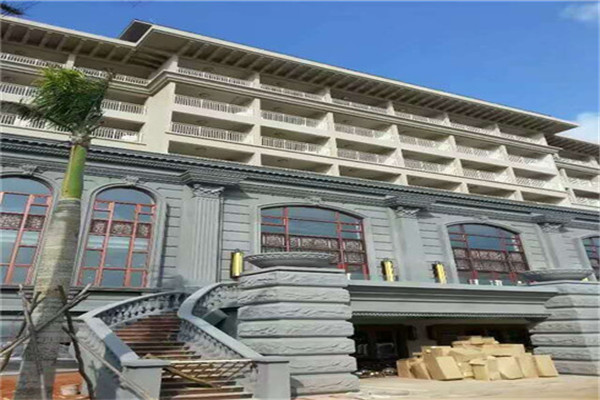
Marble, granite, Hui'an stone, Qingtian stone, Shoushan stone, Guicui stone and other materials are generally used for stone carving. Granite and marble are suitable for carving large statues; Qingtian stone and Shoushan stone are rich in color, which are more suitable for small stone carvings. Abstract sculpture customized There are many ways to make stone carvings. According to the nature of stone materials and the habits of the carvers, stone carvings can be roughly divided into two types: first, traditional methods. Conception, composition, modeling and stone carving are all done by individuals alone. recommend Abstract sculpture For large-scale carving of lines, the horizontal and vertical lines shall be drawn on the stone, the grid shall be made to take materials, and the simple measurement and positioning method shall be used for carving. The second is to adopt a new process, that is, first make a clay sculpture, turn it into a plaster statue, then take the plaster statue (model) as the basis, rely on the point shaped instrument, and then carve it into a stone statue.
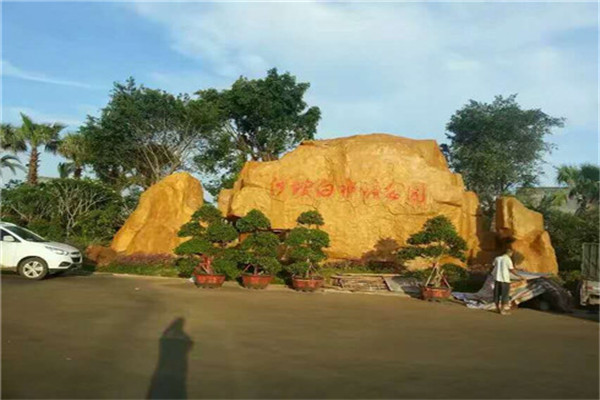
From the perspective of development, sculpture can be divided into traditional sculpture and modern sculpture. Traditional sculpture is a visual, tactile and static three-dimensional art form molded with traditional materials; Modern sculpture uses new materials to make anti traditional four-dimensional, five-dimensional, acousto-optic, soft and dynamic sculptures. According to traditional materials, and according to environment and function, it can be divided into urban sculpture, garden sculpture, indoor sculpture, outdoor sculpture, desk sculpture, shelf sculpture, etc. There are many kinds of sculpture materials, such as clay, stone, wood, metal, gypsum, resin, ivory, etc. Then several categories were developed: wood carvings: wood carvings have a long history. Most of the early themes were centered on religion. In addition to religious icons, they were also used for the decoration of altars and religious places. In countries where wood building flourishes, wood carving develops with architecture. Modern wood carvings have quite diversified styles and features, and artists like to use abstract forms to express them. In addition, wood carving is also an important contributor to the invention of printing. Please see woodcut prints for details; Stone carving: The regions where stone carving is developed have a lot to do with where the stones suitable for carving are produced. The regions where stone carving is developed have a long history of stone carving. In the past, stone carvings were often used as decorations of gardens, signs of doorways, or architectural decorations of mausoleums. Because the stone is thick (not easy to be stolen), and the details of carvings are not easy to be damaged by wind and rain, stone carvings are mostly in outdoor environments. The common stone carving material is marble. There are clay sculptures, ice sculptures, sand sculptures, metal sculptures and pottery.
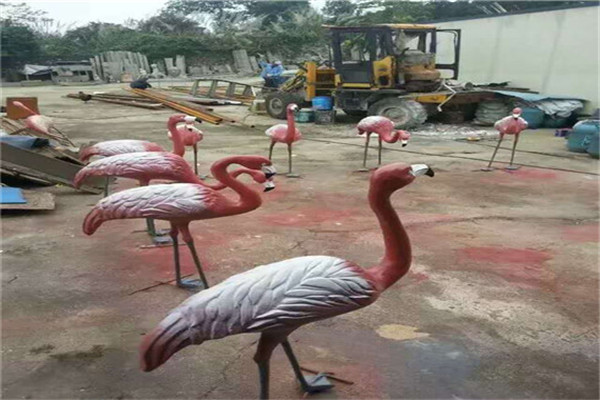
Among Chinese stone animal carvings, stone lion carvings have a unique style and can be produced in countless quantities. They are widely used for decoration, such as the stone lion carvings on both sides of the gates of imperial palaces, houses, government offices, temple shaped tombs, modern large-scale commercial buildings, hotels and restaurants, and the stone lion decorative carvings on bridges, monuments and workshops. The body shape of stone lions varies in various ways, such as standing, squatting, lying, and so on, with various shapes and often regional differences. The stone lions are carved from a wide range of materials, mostly sandstone, marble and granite. There are many kinds of stone carvings, such as cliff paintings, natural colored stone paintings, inlaid stone murals and stone screen carvings; Stone carvings of famous inkstones such as Duanxiyu, Lu, Taohe, Songhua, Temple of Heaven (or Pangu) and Helan; Paperweights, stationery stone carvings; Tea sets, wine sets, smoke stone sets, lamps and lanterns, table, chair, stool, tea table and other daily necessities, such as craft stone carvings, which are large in number and well made; Inkstone carvings and other unique styles have become a wonderful flower of Chinese stone culture: inlaid stone murals are a new masterpiece of contemporary stone carving art. The colorful stone landscape carvings in the hall on the first floor of the Central Television Tower, completed by Nu Skin, are magnificent and amazing.






